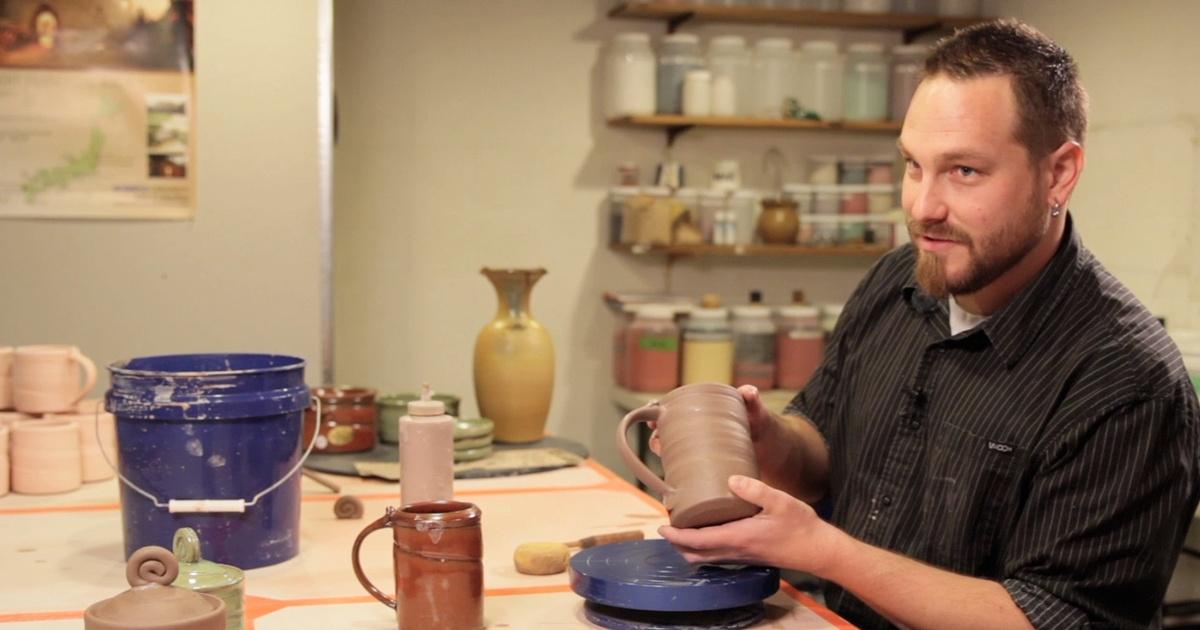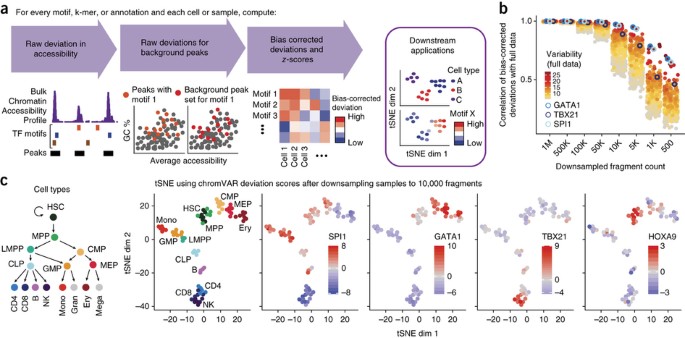- Select a language for the TTS:
- UK English Female
- UK English Male
- US English Female
- US English Male
- Australian Female
- Australian Male
- Language selected: (auto detect) - EN
Play all audios:
ABSTRACT Please note that all letters must be typed. Priority will be given to hose that are less than 500 words long. All authors must sign the letter, which may be shortened or edited for
reasons of space or clarity. All letters received are acknowledged. INGESTED DENTURE Sir,— I was startled to read the article by T. M. Milton, S. D. Hearing and A. J. Ireland (_British
Dental Journal_ 2001; 190: 592–596) describing a few cases of ingested foreign bodies associated with orthodontic treatment. I recall a case seen more than five years ago, whereby a lady in
her mid forties was referred to me because she ingested her partial denture. The partial denture was rather loose, having no clasps. Moreover, over a period of years, she had more teeth
removed but she still wore the same denture. Somehow, due to some unknown reason, she accidentally lost the denture one morning during breakfast. I remember taking radiographs of her throat
and chest but unfortunately the denture did not show in the radiographs. She said that she felt something in her throat and because of this, a colleague specialising in orthorhinolaryngology
was called in to see her. Unfortunately he too was unable to come up with a definitive finding. The patient was fasted and examination was further done under general anaesthesia. The
denture was found via an endoscope being lodged at the opening to the stomach. This case, and those presented by T. M. Milton, S. D. Hearing and A. J. Ireland actually highlighted the hazard
of dentistry to patients. Even though uncommon, anything that we place in the oral cavity including fillings perhaps should come with a warning tag to patients. W. C. NGEOW KUALA LUMPUR
FUTURE IS DIGITAL Sir,— I am using Trident dental management software and the Schick CDR digital imaging system in my practice and would be interested in forming a user support group for
people who have this combination of software to enable the free exchange of ideas, innovations and problems. The future of dentistry will obviously be both computerised and digital, due not
only to the increased efficiency of running our dental practices, but also from the moral issue of reduction of x-ray doses to patients. It therefore follows that any concerted approach to
the integration of digital imaging in our practices will be of mutual benefit to surgeons and patients alike. My initial interest is obviously in the two systems that I am using, but I feel
there would be scope for expanding this to a general support group in the future, for all systems of imaging, to have an open forum. If anyone interested in such a support group would
contact me at my practice address – John T. Wade & Associates, The Surgery, 114 The Street, Brundall, Norwich, Norfolk NR13 5LP. J. T. WADE NORWICH OROFACIAL PAIN Sir,— In the paper
'Chronic Idiopathic Orofacial Pain' (_British Dental Journal_ 2001; 191: 22–23) the authors refer to Costen's work as being an outdated notion. As a matter of historical
interest, Costen's work was discredited, not because it was wrong but because the anatomical explanation at that time was seen to be incorrect. The association between increased
overbite and pressure on the joint was confirmed clinically, as his patients' symptoms improved when they were given the required molar support. His explanation that these symptoms were
caused by pressure on the auricular temporal nerve was disputed by anatomists, who considered this to be a physical impossibility. Thus, the baby was thrown out with the bath water and
Costen's work has been largely ignored as a result. More recently, research by Professor Annika Isberg has shown that when the disc becomes displaced, the posterior disc attachment and
the capsule are pulled superiorly and anteriorly into the joint space and loose vascularised and innervated tissue becomes exposed to compression between articulating surfaces, both during
articulation and at rest.1 A changed interposition of joint tissues at disc displacement can result in a superior dislocation of the nerve trunk into the medial or postero/medial joint
space. Jaw movements towards the contra/lateral side can then result in compression of the nerve trunk between the condyle and the medial wall of the fossa, with symptoms within the areas of
peripheral nerve distribution. Those practitioners involved in treating patients with facial pain will realise that perhaps Costen was right all the time. It was our limited understanding
of anatomy and disc replacement pathology that led to Costen's theory being discredited. Clearly, if there is an underlying structural problem causing the symptoms of facial pain, then
'psycho/educational group intervention' as a form of treatment would be inappropriate. R. DEAN LONDON _THE AUTHOR GEIR MADLAND RESPONDS:_ _In response to Richard Dean's
letter, may I reiterate the need for continued research into the aetiology of temporomandibular disorders, while sounding a note of caution._ _Epidemiological studies have found little
correlation between loss of molar support and TMJ symptoms in randomly selected individuals, and no support, therefore, for Costen's theory._ 2, 3, 4, 5, 6, 7, 8 _Mr Dean's
assertion that a psycho-educational intervention would 'clearly...be inappropriate', should an underlying structural problem be detected, ignores the multifactorial nature of the
problem, the lack of success of occlusal therapies, and the recommendations for a multidisciplinary approach to management._ 9, 10, 11 CROSS-INFECTION CONTROL Sir,— It is certainly
instructive to carry out research into just how the dental profession keeps abreast of new risks and their management (_British Dental Journal_ 2001; 191: 87–90), but it is a desperate state
of affairs when it is revealed that there is such poor practice demonstrated by too high a proportion of respondents. That such concern should be expressed by the authors about a disease
with such a low prevalence, seems to smack slightly of a pendulation too far. It is a sad reflection upon the state of our profession that such a large proportion followed what can only be
described as brain-free options. It is odd really that we can get ourselves worked up into a real froth about patients who will not take our advice, when the ultimate victims will only be
them, and yet we, without expensive education cannot apply that which we were taught to be essential, to the probable detriment of a large number of people who put themselves into our care.
Never mind prions, the risk, while still unquantifiable would still appear to be small. The real and quantifiable risk from the various blood borne viruses, and the poor practice which is
likely to lead to patients being infected, can only be regarded as one more nail in our claim to any sort of professional status at all. Having been derided by some of my more senior
colleagues for 'going over the top' because of my attention to cross infection control procedures, I am coming to the conclusion that until we carry out our own cull, we offer more
for the public to worry about then the consumptions of any number of didgy sausages or meat pies. In closing, while I have no particular wish to question any information carried in the
excellent _BDA Fact Files_, the suggestion that a porous load autoclave will be more effective than the downward displacement variety (if used correctly), at destroying prions, has no basis
in fact, so far as I am aware. But then again, things move on, and the cutting edge is always a dangerous place to stand. W. A. QUIRKE DERBY Sir,— I was bemused, confused and exasperated by
the comments and conclusions made as a result of Professor Bagg _et al's_ 'Survey of cross infection control of vCJD in the practice'. I attended a recent conference on Prion
Disease. I learnt that the current best practice for disinfection procedures in ENT, abdominal and brain surgery is that all instruments should be destroyed by incineration once used on any
patient. The argument was that prions are not destroyed by any known conventional sterilisation technique. Research was taking place to mass manufacture disposable steel instruments. It was
suggested that patients should be advised of risks and encouraged to purchase their own equipment sets and to provide their own blood for transfusion if necessary. Whither then the GDP? It
was mentioned in the summary of the paper that it is very difficult to get accurate medical histories of patients 'at risk' of being infected with diseases such as vCJD, HIV and
the Hepatitis variants. Surely this must mean that unless a patient is a vegan, has been totally celibate from birth or in a life-long monogamous relationship or certified tested negative
(impossible at present with vCJD), all must be regarded as potentially infected. Therefore, as there is no known absolute cross infection control for vCJD, all equipment once used should be
destroyed to avoid possible transmission. So where do we go from here? Do we apply the universal infection control rigorously, only to find the prion 'lives on' and remains
infectious? Perhaps we should all be erased from the GDC register for failures in adequate cross infection control? Or even retire early and cease recruiting? (_British Dental Journal_ 2001;
191: 63). S. BAZLINTON DUNMOW _THE CO-AUTHOR JEREMY BAGG RESPONDS:_ _We would like to thank S. Bazlinton and W. A. Quirke for their letters, both of which highlight important messages from
our recent paper. The 'bemused, confused and exasperated' sentiments of Mr Bazlinton are understandable in the face of the complex and novel infection control problems posed by
prion diseases, in particular vCJD. The knee-jerk response may be to retire early, the purpose of the research which we and others are undertaking currently is to develop, as knowledge
progresses, effective guidance for members of our profession and other health care workers. The challenge is, then, to all health care workers not just those in dentistry. There are two
major unknowns at present – first, what levels of vCJD prions are present in oral tissues and secondly, what proportion of the population is incubating this disease? The latter is unlikely
to be known for some time and estimates still vary from small numbers to an epidemic._ _In relation to tissue infectivity, central nervous system tissue and tissues at the back of the eye
contain the highest titre of infectivity (especially in the later stages of incubation), followed by lymphoreticular tissue. The decision to use disposable surgical equipment for some types
of surgical procedures, for example tonsillectomies, was based on animal models and data from vCJD cases that demonstrated the infectivity of lymphoreticular tissues relatively early in the
incubation period. Furthermore, the young age of patients undergoing tonsillectomies and the potentially long incubation period of human TSE's implies a greater impact on possible
iatrogenic transmission._ _In relation to dentistry, the Department of Health is currently performing a risk assessment on the best way forward for routine dental procedures. However, as
knowledge of the biology of this agent develops, it is possible that at least some dental instruments, particularly those that are difficult to clean, may become single use only. The
inability of a medical history to identify carriers of vCJD is a significant problem for all health care workers, as we acknowledge in the paper. Mr Bazlinton also raises the issue of the
difficulty of eliciting a history of infection with HIV and hepatitis viruses. However, blood-borne viruses pose no problem whatsoever in relation to patient - patient transmission,
providing that all instruments are properly cleaned and heat sterilised, since all viruses (unlike prion proteins) are reliably sensitive to heat inactivation. This response (ie all patients
are considered potentially infected) forms the basis of universal precautions advocated by the dental profession since the early 1980's. The message we have tried to convey is that
since, on our current (but incomplete) knowledge, oral tissues are classified as 'low risk', very thorough cleaning of dental instruments followed by autoclaving will substantially
reduce the infective dose on contaminated instruments._ 2 _W. A. Quirke clearly recognizes that this study, which set out to examine the realities, in general dental practice, of the
current guidelines on infection control in relation to CJD, has identified significant deficiencies relevant to other transmissible agents, such as blood-borne viruses. These deficiencies
apply equally to other healthcare providers as recently demonstrated in an audit of decontamination in the NHS._ 3 _Infection control procedures in dentistry have improved dramatically in
recent years. However, the need for increased care and attention at all stages of instrument reprocessing by all healthcare workers has been brought into sharp focus by the emergence of
prion diseases. The cutting edge is a dangerous place to stand, but more comfortable if the tried and tested procedures for safe practice are already in place._ * 1 Department of Health
Economics and Operational Research Division. A risk assessment for transmission of vCJD via surgical instruments: a modelling approach and numerical scenarios. Department of Health, London,
2001. * 2 Scottish Executive Health Department. The decontamination of surgical instruments and other medical devices: Report of a Scottish Executive Health Department Working Group.
Scottish Executive Health Department, Edinburgh, 2001. _GORDON WATKINS, ACTING CHAIRMAN OF THE BDA HEALTH AND SCIENCE COMMITTEE RESPONDS:_ _The advice given by the BDA is based on the best
currently available scientific opinion.The problem with prions is that there currently is a very small amount of good scientific evidence on which to base recommendations and the Association
has to take its lead from the Department of Health's Spongiform Encephalopathy Advisory Committee (SEAC). The BDA will review its advice when further evidence and a risk assessment
from SEAC indicate that it is necessary._ REFERENCES * Isberg A Temporomandibular Joint Dysfunction: A Practitioners Guide. _Isis Medical Media 2001:_ 139. * Helkimo M Studies on function
and dysfunction of the masticatory system. An epidemiological investigation of symptoms of dysfunction in Lapps in the north of Finland. _Proc Finn Dent Soc_ 1974: 37–49. * Heloe B, Heloe L
A Characteristics of a group of patients with temporomandibular joint disorders. _Comm Dent Oral Epidemiol_ 1975; 3: 72–79. Article Google Scholar * Swanljung O, Rantanen T Functional
disorders of the masticatory system in southwest Finland. _Comm Dent Oral Epidemiol_ 1979; 7: 177–182. Article Google Scholar * Pedersen A, Hansen H J Internal derangement of the
temporomandibular joint in 211 patients: symptoms and treatment. _Comm Dent Oral Epidemiol_ 1987; 15: 339–343. Article Google Scholar * Pullinger A G, Seligman D A, Solberg W K
Temporomandibular disorders. Part II: occlusal factors associated with temporomandibular joint tenderness and dysfunction. _J Prosthet Dent_ 1988; 59: 363–367. Article Google Scholar *
Pullinger A G, Seligman D A, Solberg W K Temporomandibular disorders. Part III. Occlusal and articular factors associated with muscle tenderness. _J Prosthet Dent_ 1988; 59: 483–489. Article
Google Scholar * Seligman D, Pullinger A The role of functional occlusal relationships in temporomandibular disorders: A review. _J Craniomandib Disord Facial Oral Pain_ 1991; 5: 265–279.
Google Scholar * Madland G, Feinmann C, Newman S Factors associated with anxiety and depression in facial arthromyalgia. _Pain_ 2000; 84: 225–232. Article Google Scholar * Forsell H H,
Kalso E, Koskela P Occlusal treatments in temporomandibular disorders. _Pain_ 1999; 82: 549–560. Article Google Scholar * National Institutes of Health: Technology Assessment Statement.
Management of temporomandibular disorders. _NIH_ 1996. Download references RIGHTS AND PERMISSIONS Reprints and permissions ABOUT THIS ARTICLE CITE THIS ARTICLE Letters. _Br Dent J_ 191,
418–419 (2001). https://doi.org/10.1038/sj.bdj.4801199 Download citation * Published: 27 October 2001 * Issue Date: 27 October 2001 * DOI: https://doi.org/10.1038/sj.bdj.4801199 SHARE THIS
ARTICLE Anyone you share the following link with will be able to read this content: Get shareable link Sorry, a shareable link is not currently available for this article. Copy to clipboard
Provided by the Springer Nature SharedIt content-sharing initiative








